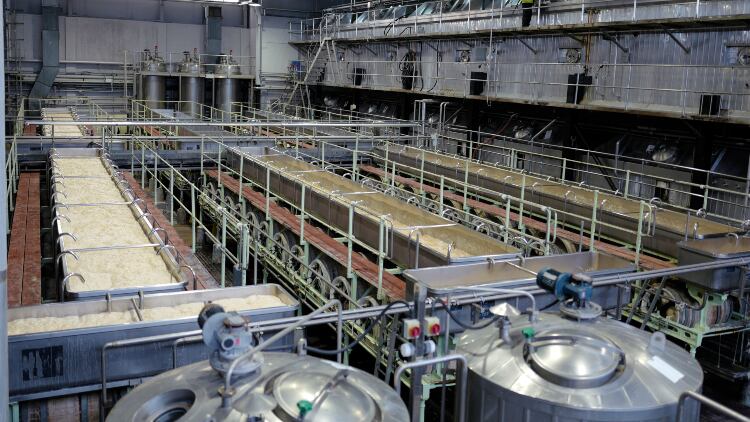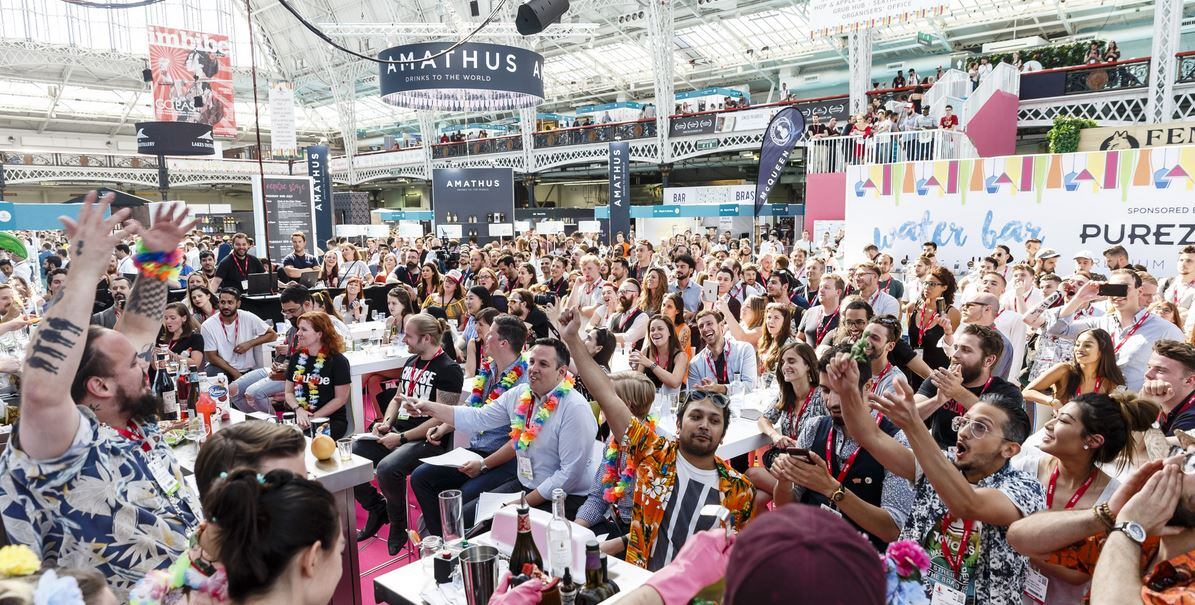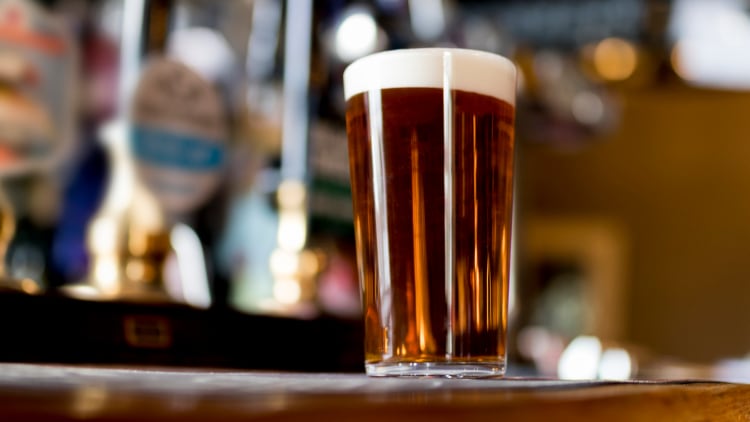Is there anyone who isn’t bored to tears with the definitional problems surrounding ‘craft beer’?
I doubt it. Even though I remain obsessed by it – more from a philosophic and linguistic point of view rather than an industry one – each time I return to it, I do so with weary resignation and no little self-flagellation.
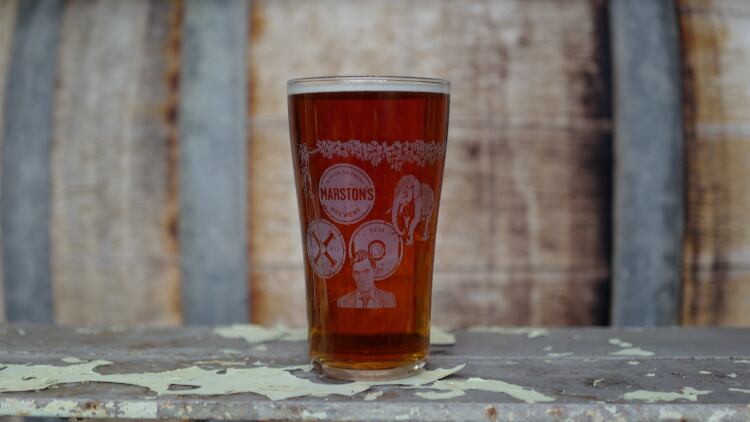
So why bring it up here, now, and inflict it upon my poor readers yet again?
The answer is that, every now and again, I still encounter a beer, a brewery, a flavour or a technique where I want to be able to use the word ‘craft’, because despite the many injuries it has suffered, it remains the best word to describe what you’re looking at, or tasting.
This happens to me when I visit Marston’s, and its unique, world-famous Burton Union rooms.
If you’re at all interested in beer beyond pouring it at the bar, you’ve probably heard of the Burton Unions. They’re archaic, outmoded, slightly ridiculous in concept, and uneconomical to run, which is why every brewer in Britain stopped using them decades ago.
Or rather, every brewer in Britain except one.
Marston’s makes a lot out of the fact it is the only remaining brewer to use Burton Unions, and rightly so. Because as well as being archaic and uneconomic, they are also a beautiful, magical and inspiring part of our brewing heritage.
Roger Protz’s oft-quoted description of the Burton Union room at Marston’s Albion Brewery in Burton-on-Trent is a ‘cathedral of brewing’.
My own, less-quoted soundbite is that it is the world’s most elaborate lava lamp, an adventure playground for yeast. Long lines of huge wooden barrels support a metal trough along their length. The action of the yeast in the fermenting barrels pushes the beer up swan-necked pipes where it drips, blobs and flows into the troughs. The beer runs back into the barrels, while the yeast stays in the trough.
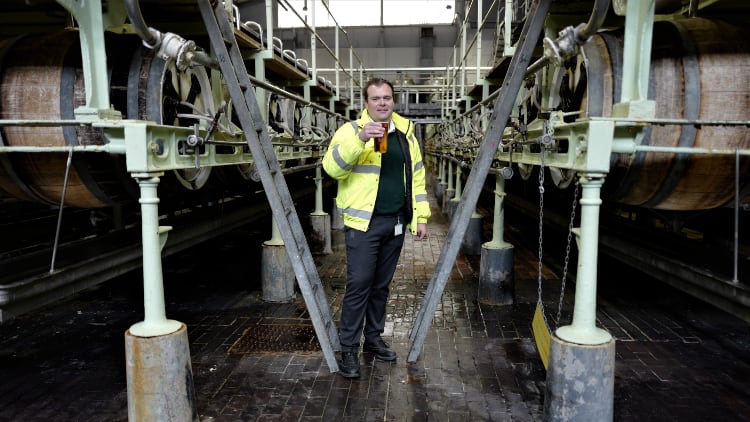
Why use this production method?
Well, over time the answer changes. The consistent part is the yeast loves it. Marston’s Pedigree yeast is robust, healthy and is refreshed far less often that the others yeasts Marston’s uses in beers it brews that don’t go near the Union sets.
But does the process improve the flavour of the beer? When I asked this question a few years ago, the brewer showing me around said no – possibly because not all Pedigree is fermented through the Union system and this would imply some product inconsistency. Today’s answer is slightly different: there is a different flavour because the yeast behaves in different way, but all Pedigree is a blend of Union and non-Union fermentation, so the finished beer is consistent.
Soon, we’ll have the opportunity to try to spot a consistent characteristic of the flavour created by Union fermentation: for the first time in living memory, a beer other than Pedigree is bubbling away in one of the Union sets.
Horninglow St (named after the site of the first Marston’s brewery) is a new range of limited edition bottle-conditioned beers that will be boxed and individually numbered. The first beer, released this month, will be a traditional Burton-style IPA.
As they show us around, there’s a sense of defensiveness when the Marston’s marketing team says this is about showing that “we can do craft beer as well as anyone else.” But I can understand why.
The perception among craft beer drinkers is traditional regional and family brewers do not and cannot make craft beer because they are long established and traditional, whereas craft is about being new, different, and almost exclusively American-influenced (never mind that these traditional brewers inspired the US craft scene in the first place).
Marston’s can never fit the mould of what we expect a modern, hip, craft brewery to look like. But if, as craft drinkers often claim, they’re rejecting image in favour of product integrity, ingredients and how the beer is made, then a small-batch beer that comes off the Burton Unions at Marston’s is a shining example of everything craft beer is supposed to be.
I hope Marston’s has the confidence to stick with its identity and rich craft tradition, and don’t line up a Milkshake IPA full of mango pulp as a future Horninglow St beer. I’m not sure the denizens of the Unions would enjoy that.

